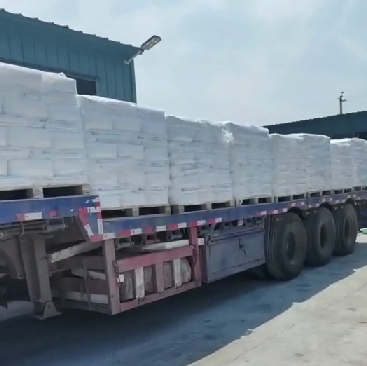
8 月 . 06, 2024 00:38 Back to list
Exploring Competitive Pricing Trends for Lithopone with 28% to 30% Content in Current Market
Understanding Lithopone Insights into the 28%-30% Composition Range
Lithopone is a white pigment that has been utilized in various industries, notably in paints, coatings, plastics, and paper. Composed primarily of zinc sulfide and barium sulfate, lithopone offers excellent opacity, brightness, and durability. Within the realm of lithopone production, a critical aspect is the composition of the pigment, specifically the 28%-30% range, which plays a vital role in determining its performance characteristics and applications.
Composition of Lithopone
Lithopone is typically manufactured as a mixture of two principal components zinc sulfide (ZnS) and barium sulfate (BaSO4). The blend is usually produced in different proportions depending on the intended application. The 28%-30% specification refers to the percentage of zinc sulfide present in the formulation. This precise ratio is essential, as it affects several physical properties, including color strength, opacity, and tinting strength.
The balance between zinc sulfide and barium sulfate is crucial. Zinc sulfide contributes to the pigment's brightness and opacity, while barium sulfate provides durability and prevents drainage in products like paint. By adjusting these ratios, manufacturers can tailor lithopone for specific customer requirements. A 28%-30% concentration of zinc sulfide typically results in a pigment that exhibits superior hiding power and is suitable for a range of applications.
Applications of Lithopone
The versatility of lithopone, especially at the 28%-30% composition level, makes it ideal for various industries. In paints and coatings, lithopone serves as a white pigment that enhances the coverage and aesthetic appeal of the end product. Its high opacity enables manufacturers to achieve full color saturation with less pigment, improving cost-effectiveness. Additionally, lithopone’s resistance to yellowing under ultraviolet light makes it a popular choice for outdoor applications.
lithopone 28%-30% quotes

In the plastics industry, the use of lithopone improves the opacity and color of plastic products, while providing resistance to heat and chemical exposure. This is particularly important for manufacturers looking to enhance product quality without significantly increasing costs. The paper industry also benefits from lithopone, where it is used in coatings to achieve a bright finish that enhances print quality.
Market Trends and Pricing
As demand for high-quality pigments continues to rise, the market for lithopone—especially in the 28%-30% range—has experienced significant growth. Several factors influence pricing in this sector, including raw material costs, production methods, and global market conditions. Companies are increasingly focused on sustainability, leading to innovations in production techniques that minimize environmental impact while maximizing efficiency.
The pricing quotes for lithopone in the 28%-30% range reflect these dynamics. Factors such as shipping costs, supply chain stability, and demand fluctuations can lead to variations in pricing. Therefore, manufacturers and suppliers must stay informed on market trends and adjust their strategies to remain competitive.
Conclusion
Lithopone remains a vital pigment in various industries due to its excellent properties and versatility. The 28%-30% composition range is particularly significant, impacting the pigment's performance and suitability for different applications. As industries continue to evolve, so too will the demand for high-quality lithopone, underscoring the importance of innovation and adaptability in this market. For companies involved in the production or application of lithopone, understanding these dynamics will be key to harnessing its full potential while navigating the complexities of the global market.
-
Lithopone for Plastic & TiO2 R-5568/SK-6658 Masterbatch Solutions
NewsMay.30,2025
-
China Leading Rutile TiO2 Manufacturer - R5566 & R996 Grades Available
NewsMay.30,2025
-
High-Purity Anatase & Rutile TiO2 Powder Trusted Manufacturer
NewsMay.30,2025
-
High-Purity Anatase Products Trusted Supplier & Manufacturer
NewsMay.29,2025
-
Best Price Eco-Friendly Rutile TiO2 Supplier & Wholesale Factory
NewsMay.29,2025
-
Chinese Anatase Titanium Dioxide for Ceramic Glaze Reliable Supplier
NewsMay.29,2025
